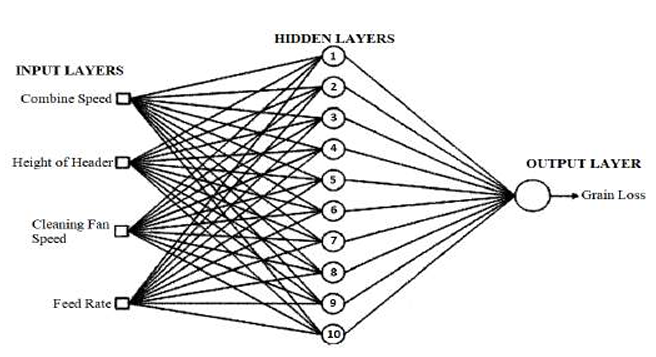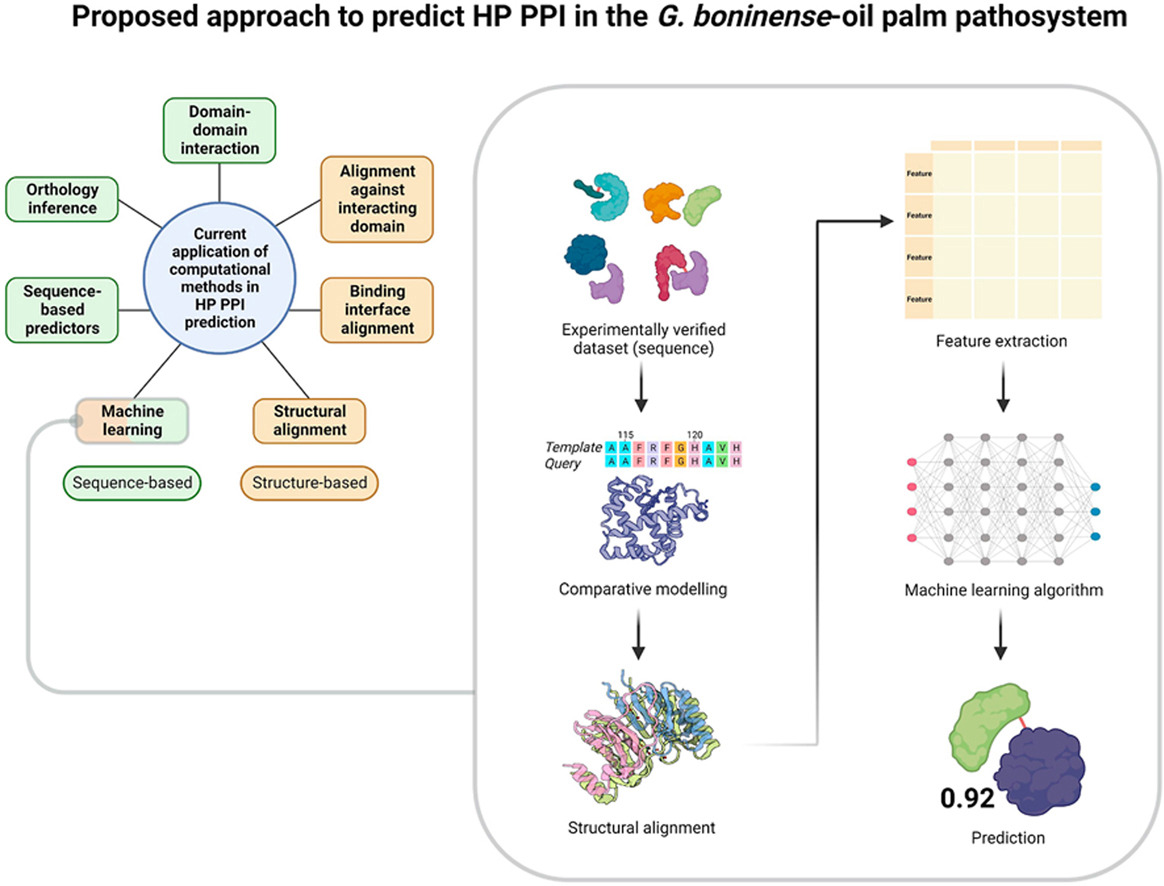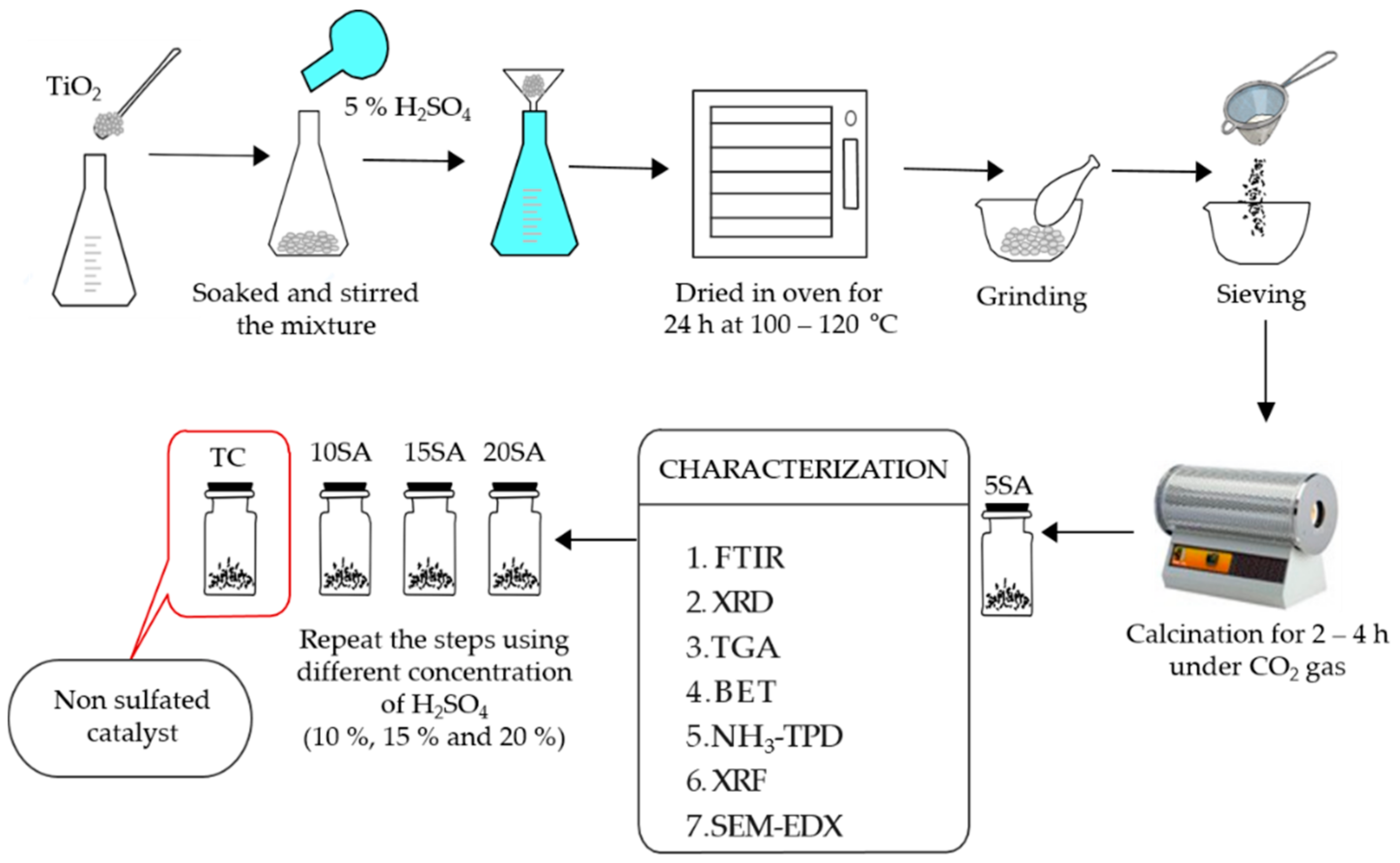Diacylglycerol (DAG) is commonly known as one of the precursors for 3-monochloropropane-1,2-diol esters (3-MCPDE) and glycidyl esters (GE) formation. Besides, 3-MCPDE and GE are heat-induced contaminants which can be formed in fat-containing baked products during the baking process. This study attempted to replace the conventional palm-based shortening (SH) with a healthier fat, namely soybean oil-based diacylglycerol stearin (SDAG) in producing biscuits. The effects of different baking temperatures (200, 210 and 220 °C) and SDAG:SH fat blend ratios (0:100, 60:40 (D64S), 80:20 (D82S), 100:0, w/w) towards the biscuits’ physical properties were evaluated. Moreover, the oxidative stability, 3-MCPDPE and GE formation in the fats extracted from the biscuits were also investigated. SDAG- roduced biscuit showed slight reductions in the spread ratio compared to the SH-produced biscuit. The elevated baking temperatures resulted in biscuits with increased hardness and low moisture content. Pure SDAG and the other fat blends exhibited significant (p < 0.05) poorer oxidative stability than SH. However, D64S was found to be more oxidative stable compared to SDAG and D82S. The D64S fat blend exhibited the lowest 3-MCPDE and GE formation rates among all fat samples with the increasing baking temperatures. Furthermore, the amount of 3-MCPDE and GE detected in the fats extracted from the biscuits baked at highest temperature (220 °C) were still within the safety limit. In overall, better-quality biscuits were produced when lower baking temperature (200 °C) was used as all biscuits baked with different fats showed similar textural properties (hardness and cohesiveness), higher oxidative stability and lower formation of 3-MCPDE and GE compared to biscuits baked at higher temperatures. The findings justified the potential of D64S fat blend in replacing the conventional SH in producing healthier biscuits.

Biscuits production using soybean oil-based diacylglycerol stearin-shortening blends
Nur Shafika Abdul Kadir, Yih Phing Khor, Yi Jane Lee, Dongming Lan, Suijian Qi, Yonghua Wang, Chin Ping Tan (2022). Food Research International 162 (B): 112055
Artikel penuh: https://doi.org/10.1016/j.foodres.2022.112055
Tarikh Input: 31/07/2023 | Kemaskini: 10/08/2023 | ainzubaidah
PERKONGSIAN MEDIA



























